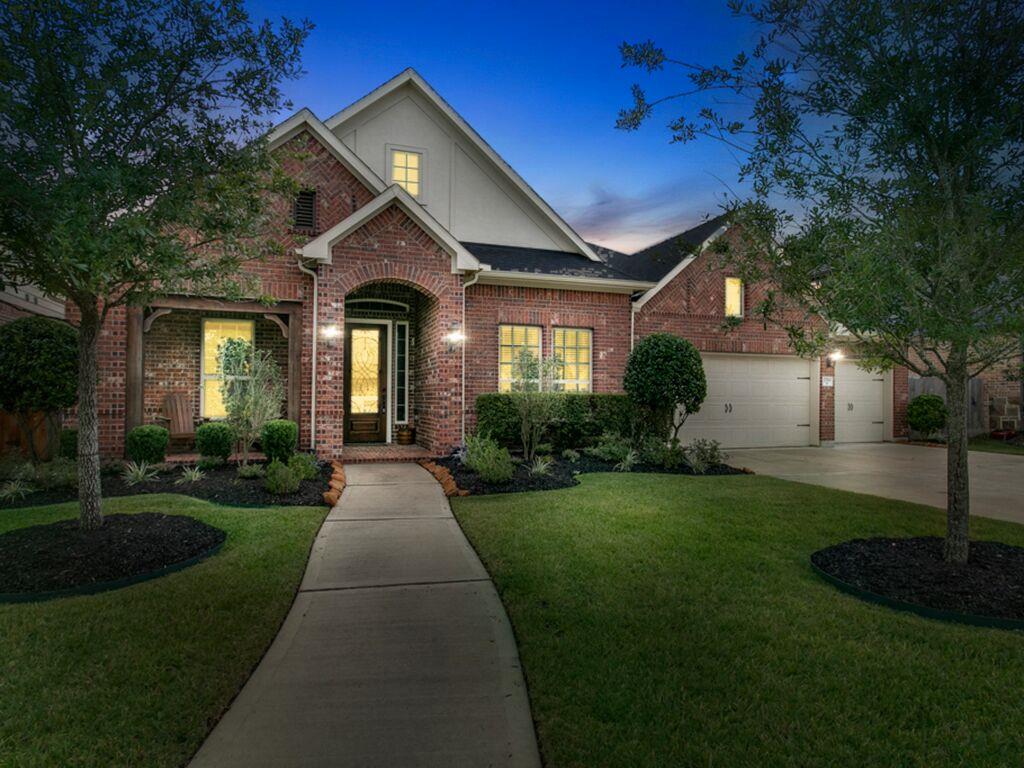Fired clay, aka Brick, dates back to the colonial America as an exterior cladding for homes and buildings. Its durability is well known, lasting over a hundred years on average. Being typically made up of clay, cement, and gravel, it is the quintessential masonry material for construction.
Cost
When brick is used in constructing a home, it provides structure to the frame. This however is not the same as using brick strictly as a siding material. When using brick as siding, a full layer of brick is added around the walls of the house. Thin brick may also be used, though it is obviously not as durable.
The average cost per sq. ft. for brick siding is $15.00 to $30.00 installed. Some thin brick options may be below that range. On a typical two-bedroom American home with 2,000 sq.ft. of siding, the overall cost can range from $30,000 to $60,000, depending on the project and your home’s location.
Brick is among the more expensive siding options, but its value and longevity certainly help offset some of that higher initial cost.
Brick also has among the highest return on investment. On the low end, ROI is 83% and can go as high as 92% depending on the location.
Pricing Info – Part 2
Full brick is what people typically think of when they picture cladding for a home. It has a standard measurement of 4 by 8 inches and is usually 2 inches high.
A wall is constructed outside the existing wall that is the house’s frame and held together via mortar. Any damage to this wall of siding doesn’t mean the home’s frame is in any jeopardy.
 via DIY Network
via DIY Network
Thin brick is the less expensive option. It uses brick faces that are 1 inch, rather than 4 inches, thick. While thin brick has a clear disadvantage of providing less insulation and overall durability, it has one notable advantage over full brick.
Fired clay actually absorbs water and as a siding material, it can trap moisture between the siding wall and a frame wall. Improper installation, where moisture is trapped and not draining can lead to problems of mold and mildew that impact the house frame or interior walls.
Below we break down the costs to provide further information for an estimate on brick siding. These are ballpark estimates based on national averages for the known materials involved in installing brick as a siding.
Full Brick Siding: 2,000 sq. ft. x $20 = $40,000 (includes labor)
Mortar: $600
Additional Building Materials: $500 (includes anchors, flashing, etc.)
Building Permit: $400
Total Project 1 Cost = $41,500
Thin Brick Veneer: 2,000 sq.ft. x $15 = $30,000 (includes labor)
Additional Building Materials: $1,500 (includes, metal lathing, mortar, flashing, etc.)
Removal of previous siding: $2,000
Garbage Rental / Disposal Charge: $1,000
Housewrap: $350
Building Permit: $400
Total Project 2 Cost = $35,250
Factors Impacting Overall Costs
Note that with Thin Brick, the cost of removing and disposing of the previous siding could very well come up, as the metal lathing is best applied to a flat surface like the wooden substrate (wall) of the frame. Whereas with full brick, it’s simply about building a wall beyond the exterior wall of the house, so no removal of the old siding is required.
With full brick installation, there aren’t many factors that impact the overall cost. The primary consideration is who is doing the work. It’s possible to go the DIY route, but masonry work is highly intensive and requires a good amount of skill.
A non-professional contractor is quite likely to make mistakes, leading to waste on the job or even worse, moisture problems down the road.
Full brick may have some design nuances that can impact costs, but bricks tend to have authentic color values that homeowners desire. It is true that you can paint over brick, which would add to the cost, but the beauty of brick ought to be a strong consideration.
Quality bricks that are all a single color may be a bit more expensive than earth-toned material, but only by a couple of thousand dollars at most.
Additional materials can add up, especially if the window trim and soffits or eaves are included in those materials. Over the course of an entire home’s exterior, these materials could add between $7,000 and $15,000. In our example projects above, these additional costs are not included.
The Good, The Bad and The Oh So Pretty
Here we explain the pros, cons, and the chief reason to consider brick siding.
The Good: Brick siding holds up to all sorts of elements that can impact a home. It is fire resistant, animals and insects cannot penetrate it and wind damage is rare with brick. It is fairly low maintenance, and its durability is near the top of all siding materials.
The Bad: The R-Value on brick is, perhaps surprisingly, low at .44. And that’s going with full brick. The thin stuff comes in at .11 which is extremely low. Plus, there are the moisture problems with full brick installation, but this is not a problem when either installed by a professional mason or if going with thin brick veneer.
Brick siding also bears a high price with proper installation, but that can be offset by its longevity and our final point below.
The Oh So Pretty: The ROI factor for brick is it’s selling point. From the curb, everyone knows the material is clear sign of durability. Not many siding options can garner 85% ROI and hold up for as long as brick routinely does.

Brick looks so good… And if you don’t like the color you have down the road, you can have it repainted to a color you enjoy more!